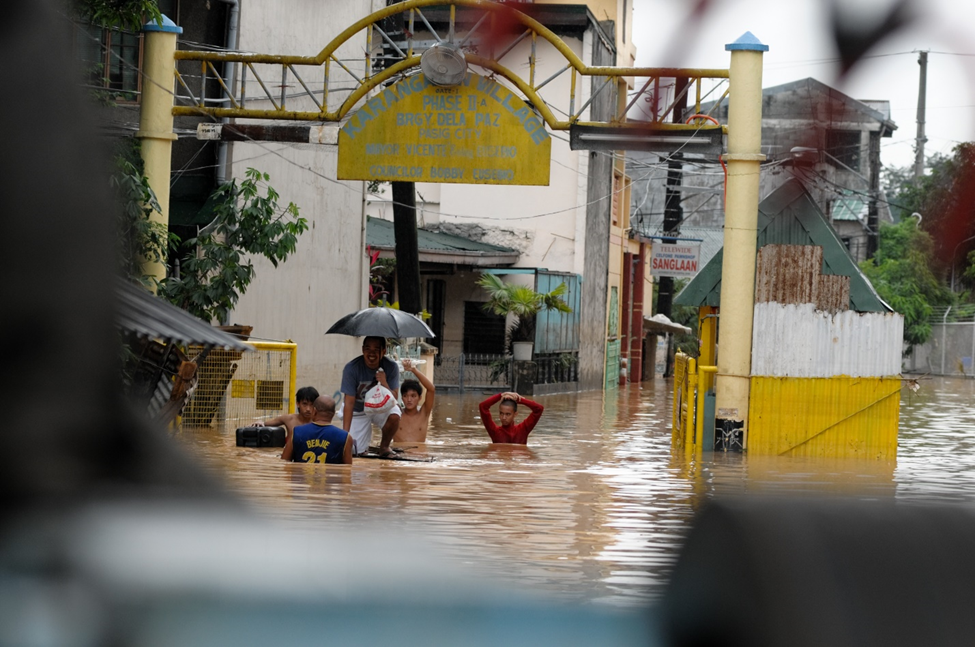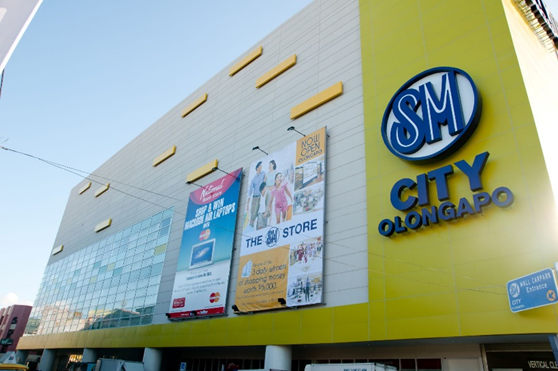The importance of Community-based Disaster Risk Reduction and Management
File photo: Flooding brought about by Typhoon
Ondoy 2009
A person's safety during calamities is mainly
dependent on their community's disaster preparedness. No matter how ready they
are for all possible catastrophic scenarios, every bit of preparation can go
down the drain if their community cannot respond effectively to such
events.
It is why a community-based disaster risk
reduction and management plan (CBDRRMP)
is essential. It places the responsibility of being prepared for calamities and
other emergencies on the community as a whole, ensuring that organizations,
households and individuals can work together in making their community more resilient
in the face of disaster.
CBDRRMP is important, especially for
countries highly vulnerable to disasters, such as the Philippines. Situated within
the Pacific Ring of Fire and typhoon belt, the Philippines is frequented by
earthquakes and volcanic eruptions and typhoons respectively. The country
ranked 9th in the world in terms of vulnerability to calamities in the 2020
World Risk Index.
One of the most common events experienced by
the Philippines is flooding, which underscores the importance of effective
floodwater management. There are many ways that local government units are
doing this. Efforts range from structural measures such as sizeable underground
drainage systems, floodways, pumping stations, flood warning systems, and urban
greening to non-structural measures such as minimizing plastic waste, a primary
culprit in urban flooding.
With the country situated on five active
fault lines, Filipinos must also prepare for earthquakes. It is why many
buildings are equipped with earthquake-resistance features. Taking earthquake
resilience in the country further are the periodic earthquake drills
implemented at the national and organizational levels.
These are good examples of effective CBDRR,
where both the authorities and the citizens work together to ensure the safety
of life and property in their communities.
SM City Masinag has a
rainwater collection tank that can store 17,681 cubic meters of water.
As a trusted and responsible developer of
integrated properties, SM has always been committed to promoting Disaster Risk
Reduction and Management (DRRM) in its communities, which is evident in many of
its malls that employ infrastructure design centered on disaster resilience. SM
allocates 10% of its capital expenditures to incorporate disaster-resilient
features, of which installing water management design features is one of them.
Artist's
illustration of SM's rainwater collection facility in 22 SM Malls nationwide.
A few examples of these are SM City Marikina,
elevated by several rows of concrete stilts to protect tenants and mall-goers
during extreme floods. SM Mall of Asia was built with a storm surge barrier for
added protection during storm surges, and several malls employ catchment tanks
for recycling rainwater.
Across the country, there are 22 SM Malls
that have rainwater collection tanks under the mall. All these malls combined
can catch and store 79,880 cubic meters of rainwater, equivalent to 32
Olympic-sized swimming pools.
“Wherever SM is, we try to help our
communities become resilient to changing weather patterns,” explains Arch. Fides
Garcia-Hsu, Vice President of SM Engineering, Design and Development. “Nationwide, we have 22 malls equipped with
rainwater catchment facilities that help rain water management to avoid flash
floods for surrounding communities.”
SM City Olongapo Central's
rainwater collection tank can hold up to 14,580 cubic meters of water.
Supporting these are several initiatives
focused capacity-building for its stakeholders. It includes workshops &
learning sessions on Disaster Risk Resilience Management and regular
participation in the quarterly national simultaneous earthquake drills for its
employees, and the annual Emergency Preparedness Forum for persons with
disabilities and the elderly, two of the most vulnerable sectors of society
during disasters.
Similarly, in line with its multi-stakeholder
approach, SM Prime has also continuously built long-term partnerships with
organizations that advocate for a disaster-resilient Philippines. It includes
collaborations with ARISE-Philippines, the National Resilience Council, the
National Disaster Risk Reduction and Management Council, the Office of Civil
Defense, and the Bureau of Fire Protection, to name a few.
SM City San Mateo's
rainwater collection tank can collect 10,800 cubic meters of potential
floodwater.
ABOUT SM PRIME HOLDINGS
SM Prime, one of the leading integrated
property developers in Southeast Asia, remains committed to its role as a
catalyst for economic growth, delivering innovative and sustainable lifestyle
cities, thereby enriching the quality of life of millions of people.
Sustainability and Disaster Risk Reduction and Resilience form part of SM
Prime's core business strategies. It ensures that its risk-informed investments
catalyze sustainable development and positive change in the communities where
it operates.
For more information on SM Prime Holdings and
its other programs towards disaster preparedness, visit their website at www.smprime.com.






Comments
Post a Comment